Duolingo basics: Our strategies and tips to help you get started
If you want to learn another language, Duolingo is unavoidable. But it's also complex and confusing
Everyone knows that the best way to learn another language is full immersion. But few people have that opportunity, so most of us turn to alternative solutions with varying degrees of success. Mobile apps are among the most convenient of those alternatives, but they can also be the least effective, especially if you don't know what you're doing. And few are as popular as Duolingo, which boasts 100 million monthly active users, 92 percent of which use the free version of the app.
Duolingo didn't invent gamification, but it may have perfected it. The app provides a diverse set of lesson types to keep things interesting, with daily, weekly, and long-term goals. You compete in a league with a randomly selected group of other learners each week by earning experience points (XPs) for your accomplishments. And you can team up with family members, friends, and others.
Duolingo is both fun and challenging. But it can also be complex and inscrutable. There are lots of confusing terms and concepts to learn. There are paid subscriptions that remove annoying ads and some of the barriers. And depending on whom you're matched with in any given week, the competition can be painfully difficult. Or too easy.
Stephanie and I have both used Duolingo for 10 years. We're both maintaining long-running streaks of daily usage--477 days for Stephanie, 525 for me--having achieved small levels of proficiency in Spanish. (We previously also spent time using Duolingo to learn French.) Stephanie currently has a Spanish Score in the high 60s, while I am in the mid 40s. These scores are based on Duolingo's compliance with an international standard for describing language ability called the Common European Framework of Reference for Languages (CEFR). At the time of this writing, Stephanie is level B1, and I am level A2.
We still have a long way to go before we're truly proficient in Spanish. One of our short-term goals is to spend more time in Mexico City, which will satisfy the immersion need. And Steph also takes online one-on-one classes with a tutor. So, yes, she's an over-achiever. But we both feel that no one approach to language learning works for everyone and that mixing different approaches can help too. For many, Duolingo will be one of the ways they try to learn another language, if not the only way. So it's important to know how to best take advantage of this tool, where to spend your time, and which parts you can minimize. Unfortunately, the complexity of the app can get in the way.
We can help.
First, you have to understand what it is you're doing. Duolingo offers over 40 language courses for English speakers. We've chosen Spanish, of course, which happens to be the most popular of those courses. When you start taking a course, you can start from the beginning or take a test to assess your proficiency and level up accordingly. Duolingo will ask you to set a daily learning goal--the minimum is 3 minutes per day, which it considers "casual"--and offer to show notifications on your phone so you don't forget. Whether you need to be notified is a personal matter, as we all require different motivations, but this is where our first experience-based tips come into play.
We get it, sometimes life gets in the way. But you should use Duolingo every day when possible. And you should spend as much time as you can using Duolingo each day, within reason. Put simply, 3 minutes isn't going to cut it. We typically try to spend at least 20 minutes per day, if not more, using the app. And we have a tip below that describes what we consider to the be the minimum we want to accomplish each day. (I'm not being coy, understanding the tip requires you to understand how the app works.)
In the gamified world of Duolingo, you have to deal with gems, a sort of in-app currency, and hearts, a health system similar to the "lives" one might get in simple video games. You get 500 gems when you start a language course, and you earn gems for accomplishments as you progress. You also start with five hearts, and each time you make a mistake, you lose a heart.
If you run out of hearts, you can't start or finish a lesson. Duolingo will give you a new heart every four hours if you can wait. You can earn one heart by completing a 15-question practice exercise, which can be tedious and time-consuming. Or you can pay for hearts using gems: A 5-heart refill costs 350 gems. If you're out of gems, you can buy them with real money: 1200 gems is $4.99, 3000 gems is $9.99, and 6500 gems will set you back $19.99.
Within each course, Duolingo offers a linear progression of numbered sections. Each section contains some number of units, and each unit contains some number of exercises. Each of those is denoted in the app by a circular, color-coded icon. You will find a small number of chests--gem and temporary XP boost rewards for making progress within the unit--in there as well, as incentives to keep going.
There are different types of exercises.
The most common is a set of 2 to 5 lessons, each of which usually contains 15 questions (as described below). But there are also stories to help with reading comprehension, radio episodes for listening comprehension, and practice exercises, which are personalized so you can review previous mistakes. There are also one or two optional exercises to the side in each unit you can also step through if you want to do more. But they aren't required to complete a unit.
The lessons in each unit offer a diverse range of question types, and there are typically 15 questions in each lesson. When you start a course, the questions and types of questions are pretty basic. But as you progress, you'll start to see that some of the more common types include:
Tap the matching pairs. Here, you must match the audio clips or words in the left column with the correct words in the right column.
Speak this sentence. Here, you listen to an audio clip and/or read text and use your phone's microphone to repeat the words back to the app. This is perhaps the easiest type of question because the app's speech recognition capabilities are basic.
Read and respond. This is a multiple choice question. You're presented with a paragraph of text and a question about the text, and you choose from one of three supplied answers.
Listen for the missing word. This type of question consists of a sentence that is provided to you in audio and text forms, though the latter is missing a word. There are two possible answers, provided as audio, from which to choose.
Fill in the blank. This is another multiple choice question in which you're given one or more sentences with a missing word in textual form. You complete the sentence using one of the three provided text-based choices.
Translate this sentence. A sentence is provided in one language--with both audio and text--and you use the jumbled word tiles below to construct a translated version of the sentence in the other language.
When you successfully complete a lesson, Duolingo will display the XP you earned, the time you've spent learning so far that day, and a score. If this was the final lesson in the exercise, you will be rewarded with with some gems and a 2X XP bonus that lasts for 10, 15, or more minutes. (We've also seen 1.5X and even 3X XP bonuses in rare circumstances.) If you're a fan of the gamification aspects of Duolingo, this is a good time to rack up some XP.
As you work your way through the course, you earn XP as you successfully complete exercises, earn gems and temporary XP boosts for achieving various milestones, and gain and lose hearts, spending gems when needed. You can also review completed exercises at any time or prove your proficiency even further by choosing an optional Legendary challenge that costs 100 gems and includes no hints, but earns more XP. There is a similar review at the end of each unit that also offers a Legendary option. (You can also review completed exercises after you earn Legendary, but with fewer XP.)
There's also a guidebook, accessible via the colored header that displays the current section and unit, that describes the words, phrases, and concepts you're learning. This is perhaps the part of Duolingo that's most like a traditional language learning experience.
On the other end of the spectrum, Duolingo amps up the gamification--and the complexity--by giving you daily, weekly, and monthly goals. It's a lot to manage, so I'll focus here on on just a few that we think are core to the Duolingo experience.
The most basic is your daily streak: Each day you complete a single lesson, Duolingo will give you credit and extend your streak. If you miss a day, the streak ends, though Duolingo of course lets you use gems to buy a streak freeze to prevent that from happening. No one is perfect: As noted, my current streak is 525 days, but I needed to use a streak freeze back in June. (My longest streak was 812 days.) The tip here is obvious enough. Keep your streak going.
The daily streak is almost automatic for us, but we base our usage around Duolingo's daily quests. Each day, Duolingo provides you with a set of three different goals to achieve. You're awarded gems for completing each of these three daily quests, and and even more gems if you complete all three.
Typical quests include such things as "Complete 3 lessons," "Earn 50 XP," "Score 80% or higher in 5 lessons," "Score 90% or higher in 3 lessons," "Do 3 practice hub sessions," and "Spend 15 minutes learning." Whatever your daily learning goal, you should finish all three daily quests every day. Some days are easier than others, and depending on the individual quests, achieving this will usually take 15 to 20 minutes. You'll also figure out ways to optimize their completion as you become more familiar with the app. That's fine: There are always more exercises to complete, and you can use the Practice hub--denoted by a barbell icon--to gain more experience while you practice speaking, listening, reviewing previous mistakes, and more.
Tied to the daily quests, Duolingo also offers a themed monthly quest in which you must complete 50 daily quests within the month. If you complete three daily quests each day, as we do, it's easy: A 30-day month provides 90 daily quests, and we always complete this goal on the earliest possible day. If you complete a monthly quest, you're given a unique but pointless badge to memorialize the achievement.
There's so much more--I've only touched at the surface of what's available in Duolingo--but this is a lot to digest in one sitting. So I'll take a look at the ways you can best take advantage of Duolingo to advance your language learning goals in coming write-up. In the meantime, get started with the app if you're not already using it. Duolingo can't help you learn a new language on it's own, but it's a good place to start.



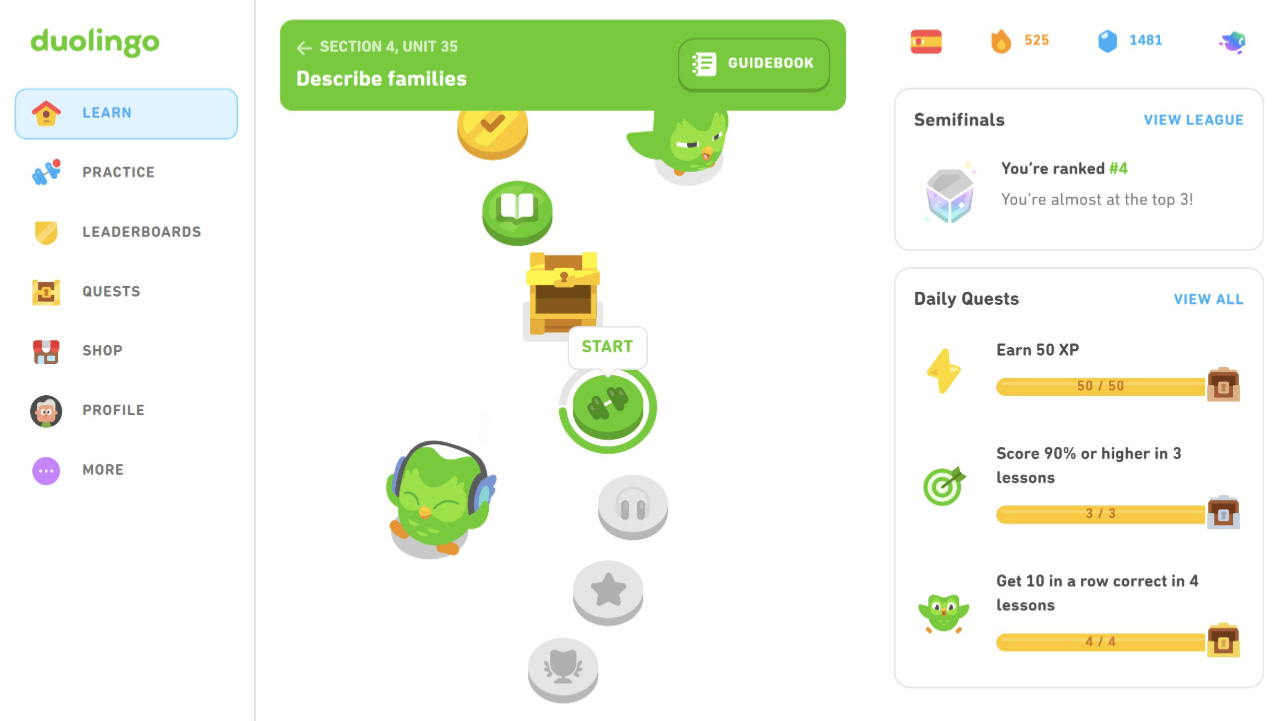
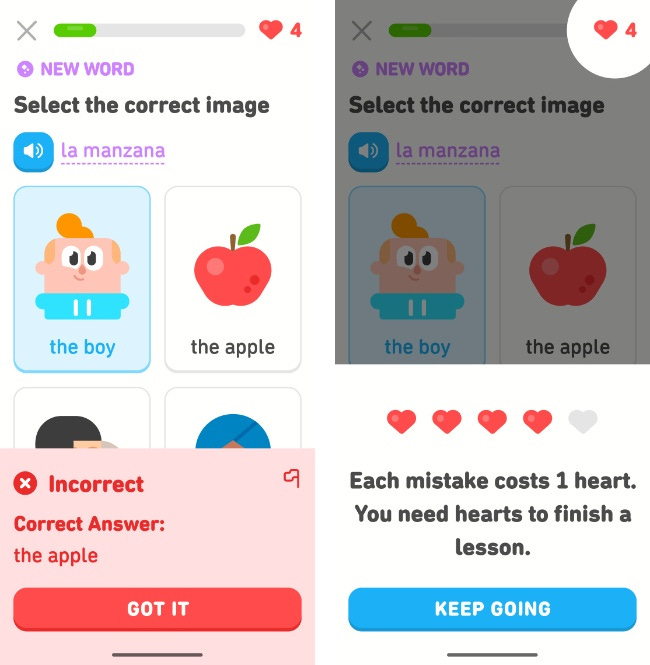

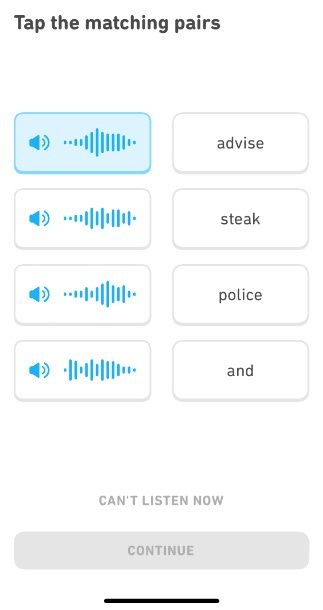

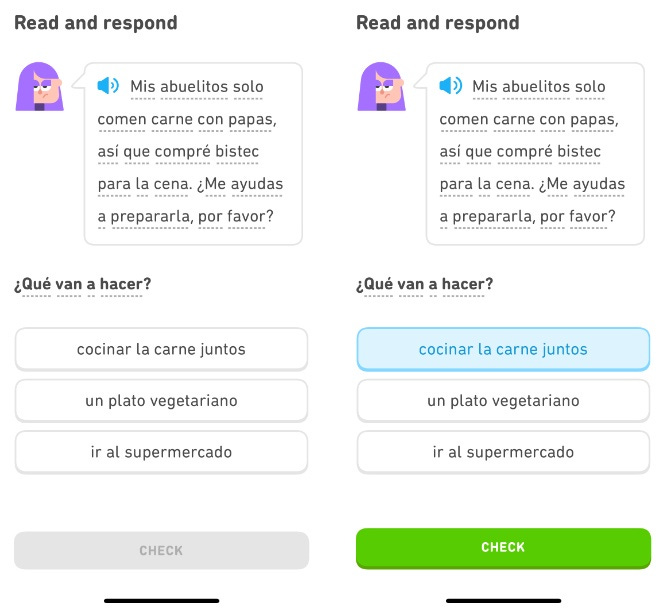
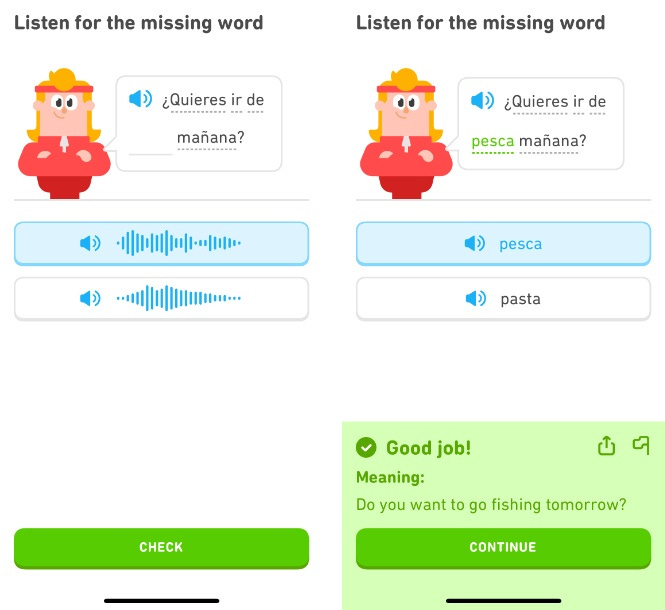




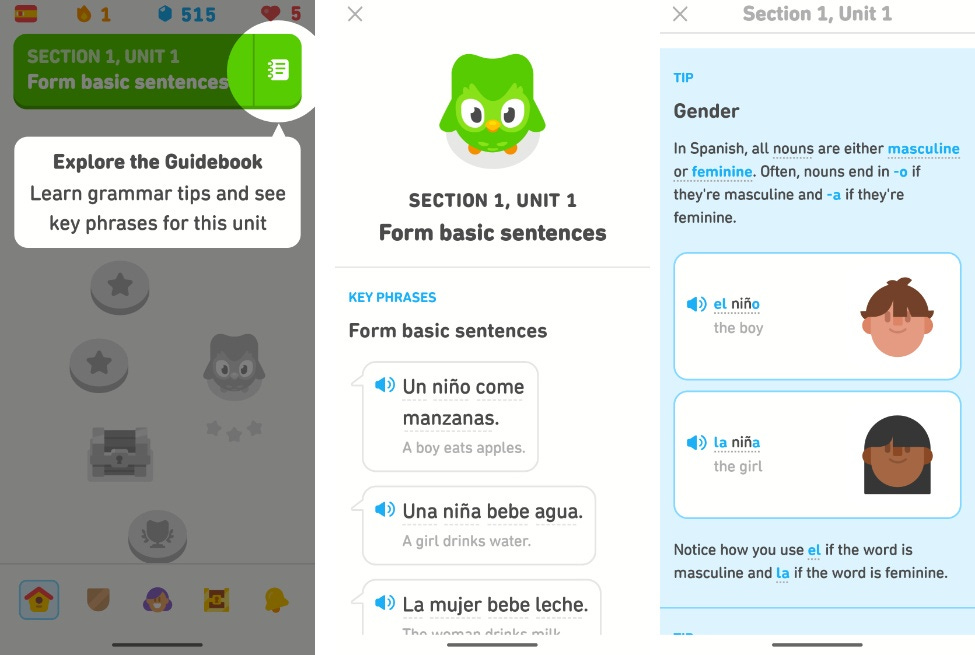
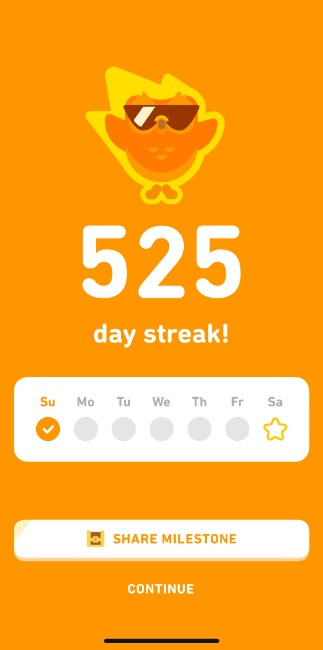
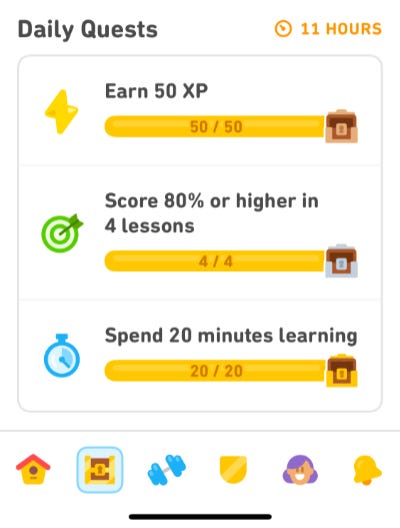
Super useful! Duolingo should sponsor you 🦉
Thanks for the write-up. I'm personally not really into the "gamification" style this app has, but certainly many people are.